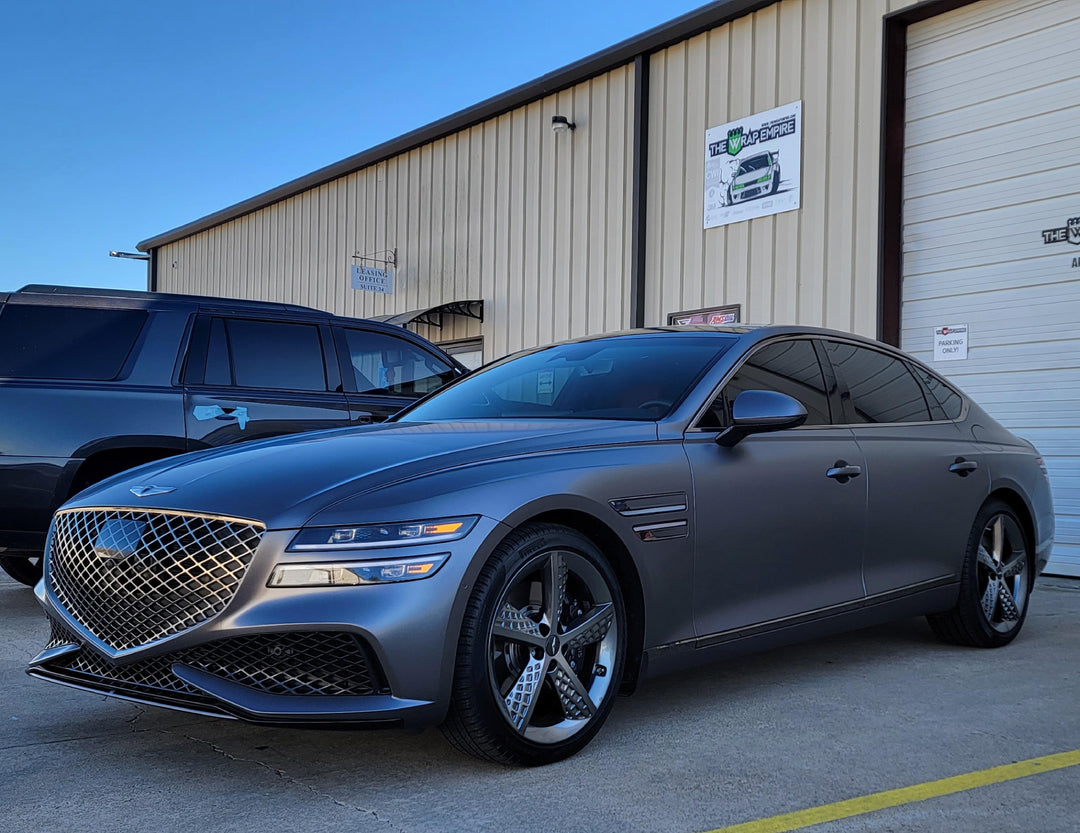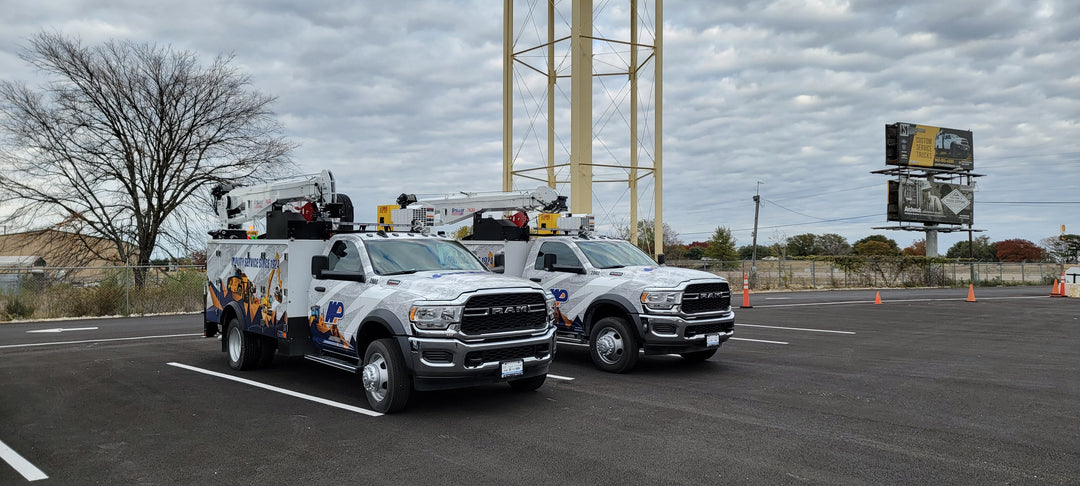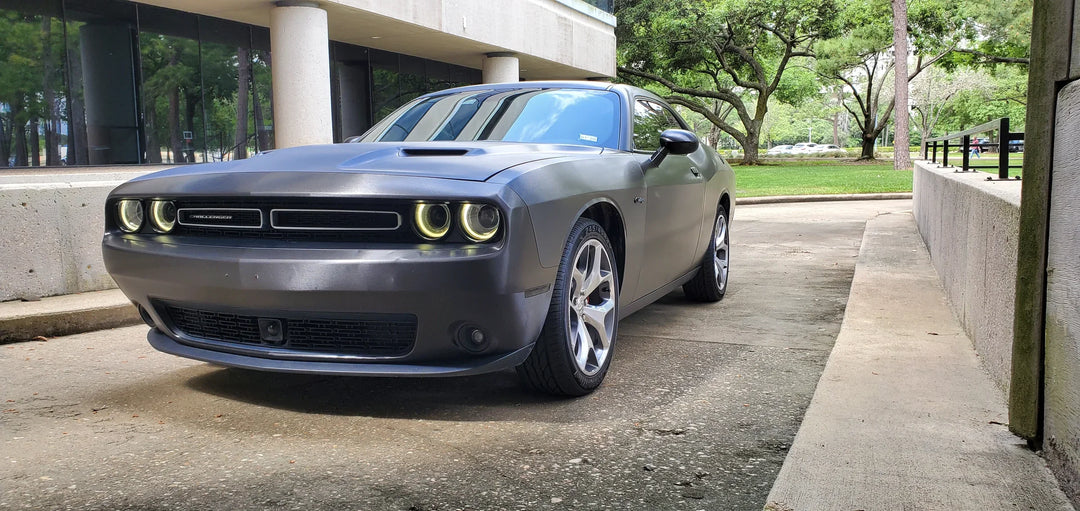The Art of Designing a One-of-a-Kind Custom Wrap
Designing a custom wrap is an art form that combines creativity, precision, and cutting-edge technology to produce a unique visual masterpiece. Whether you’re creating a wrap for a personal vehicle, a business fleet, or even smaller items like laptops or helmets, the process of designing a one-of-a-kind custom wrap requires thoughtful planning and execution. This guide will walk you through the art of designing custom wraps, offering inspiration, practical tips, and best practices for achieving stunning results.
Why Choose a Custom Wrap?
Custom wraps are the ultimate expression of individuality. They offer unmatched opportunities to:
-
Showcase Your Personality: Reflect your unique style with bespoke designs.
-
Promote Your Brand: Turn vehicles into mobile billboards with eye-catching graphics.
-
Protect Your Investment: Preserve the underlying surface while enhancing its appearance.
-
Experiment Freely: Enjoy the flexibility of non-permanent designs that can be updated or removed.
Step 1: Define Your Vision
Before diving into the design process, it’s crucial to clarify your goals and inspirations. Ask yourself:
-
What message or impression do I want to convey?
-
Is this wrap for personal use, branding, or an event?
-
Are there specific colors, patterns, or themes that resonate with me?
A clear vision sets the foundation for a cohesive and impactful design.
Step 2: Gather Inspiration
Personal Wraps
For personal vehicles, consider:
-
Abstract Art: Bold colors and dynamic shapes create a modern, eye-catching look.
-
Nature Themes: Scenic landscapes or floral patterns can bring a serene or adventurous vibe.
-
Pop Culture References: Incorporate elements from your favorite movies, games, or artists.
Business Wraps
For business vehicles, focus on:
-
Brand Identity: Include logos, slogans, and brand colors.
-
Call-to-Action: Add your website, phone number, or social media handles.
-
High-Impact Graphics: Use bold visuals to grab attention on the road.
Event-Specific Wraps
For temporary wraps, align the design with:
-
Event themes (e.g., holiday promotions, product launches).
-
Seasonal trends (e.g., festive colors and patterns).
-
Timely messaging to maximize relevance.
Step 3: Choose Your Design Elements
Colors
Color selection is one of the most critical aspects of wrap design. Consider:
-
Contrast: High-contrast colors ensure visibility from a distance.
-
Mood: Bright colors evoke energy, while muted tones convey sophistication.
-
Brand Alignment: Ensure colors match your personal or business branding.
Graphics and Patterns
Incorporate:
-
Geometric shapes for a modern aesthetic.
-
Gradient effects for a smooth, dynamic look.
-
Custom illustrations for a personalized touch.
Typography
For wraps with text:
-
Use bold, legible fonts.
-
Ensure text is large enough to read from a distance.
-
Stick to a minimal number of typefaces to maintain a clean design.
Step 4: Work with Professionals
Designing and installing a custom wrap is a highly specialized skill. Partner with professionals to:
-
Bring Your Vision to Life: Designers can translate your ideas into stunning visuals.
-
Ensure Precision: Professional installers minimize issues like bubbles, wrinkles, or misalignments.
-
Access Quality Materials: Trusted brands like 3M and Avery Dennison offer durable, high-performance vinyl wraps.
Step 5: Leverage Technology
3D Design Software
Modern design tools allow you to preview your wrap in 3D. This ensures:
-
Accurate placement of graphics.
-
Seamless integration with the vehicle’s contours.
-
Confidence in the final look before production.
Printing Technology
High-resolution printers ensure vibrant colors and sharp details, making your wrap stand out.
Step 6: Installation Tips
Even the best design can fall short if the installation isn’t flawless. Keep these tips in mind:
-
Surface Preparation: Clean the surface thoroughly to ensure the vinyl adheres properly.
-
Temperature Control: Install wraps in a temperature-controlled environment to prevent shrinkage or stretching.
-
Attention to Detail: Ensure all edges, curves, and seams are carefully wrapped.
Step 7: Maintenance and Care
To keep your custom wrap looking its best:
-
Regular Cleaning: Wash with mild soap and water; avoid abrasive tools.
-
Protect from Harsh Conditions: Park in shaded areas and use a cover when possible.
-
Prompt Repairs: Address scratches or peeling immediately to prevent further damage.
Success Stories: Inspiring Custom Wraps
Personal Expression
One car enthusiast transformed their sedan with a galaxy-themed wrap, complete with twinkling stars and vivid nebulae. The result was a head-turning design that captured their love for astronomy.
Brand Impact
A local bakery wrapped their delivery van with playful graphics of cupcakes and cookies. This creative approach not only increased brand recognition but also delighted customers wherever the van traveled.
Event Promotion
A music festival used temporary wraps to advertise its lineup on vehicles roaming the city. The vibrant designs created buzz and boosted ticket sales.
Conclusion
Designing a one-of-a-kind custom wrap is both an art and a science. By defining your vision, leveraging professional expertise, and embracing cutting-edge technology, you can create a design that’s as unique as you are. Whether for personal expression or business promotion, a custom wrap is a powerful way to make a lasting impression.
Ready to bring your dream design to life? Contact a professional wrap service today and start your journey to creating a masterpiece on wheels.




